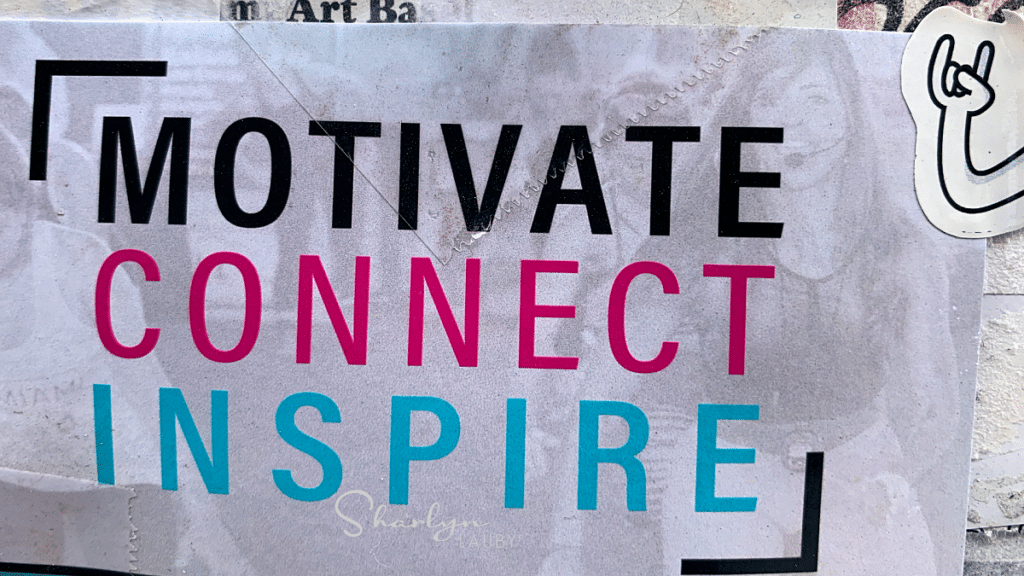The ART of Effective Goal Setting

Regular readers of HR Bartender know I’m a fan of SMART goal setting. SMART is an acronym for specific, measurable, actionable, responsible, and time bound. I think it’s a very flexible model and can be used for multiple activities – everything from operational plans to meeting minutes to individual goals.
Last year, at Saba Software’s Insight Conference, I learned a new way to use SMART. And that’s to write it backwards. Yep, turn SMART into TRAMS. While the letters still represent the same concepts, it does allow us to approach goal setting a little differently.
Time bound. When do we need to have something done? Meaning, what’s our deadline? Often a deadline drives what actions the organization is able to take.
Responsible. Who needs to be involved? Those people need to be in the room during the decision making and goal setting process.
Actionable. What are we trying to accomplish? In addition, this is an opportunity for the organization to ensure that the team has the knowledge, skills, and abilities to get the job done.
Measurable. What’s the expected outcome? Then, the organization should define how they will measure the outcome and where the data will come from.
Specific. Is the goal easy to understand? Everyone on the team needs to be able to talk about the goal and how it will be accomplished.
When I use the traditional SMART model, I think of it as a goal setting guide. Specific – What do we want to do? Measurable – How will we know when we get there? Actionable – What are the steps or actions we need to take? Responsible – Who will do them? And time bound – When will it be done? SMART goes from high level ideas to the nitty gritty details.
With TRAMS, it feels more like goal achievement. Time bound – When do we want to see results? Responsible – Who’s on the team? Actionable – What are we going to do? Measurable – What outcomes are we hoping for? And specific – Can everyone understand it? TRAMS takes the conversation from details to a plan of action.
Depending on your situation, both SMART and TRAMS can be good. Now more than ever, organizations and individuals are going to want a proven goal setting model to help them stay focused. This approach allows users to take a model they already know and flex it to meet their specific needs.
Right now, employees might be trying to adjust to a new normal, such as working from home. These changes do take some getting used to. But at some point, employees will want to focus on being productive because it feels good to get stuff done. That’s where goal setting comes in.
Organizations and managers have a goal of helping and supporting their employees. Part of that includes giving them tools – like SMART and TRAMS. Not only will it help employees work though temporary and short-term changes, but it will help them accomplish the organization’s big long-term projects.
Image captured by Sharlyn Lauby while exploring the Wynwood Arts District in Miami, FL
16